Birdwatching
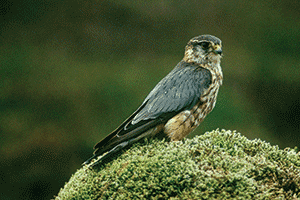
The Kestrel is a common sight in Milltown
There are several small patches of native woodland in the parish, including stands of wet woodland (mainly Willow and Alder) along the Clare River. There are also several small conifer plantations and shelter belts of various ages around Milltown, at Curraghaderry, Drim, Knock, Carton, Burrish, Carrowntootagh, Kilgeverin, Conagher, Stripe, Belmont and Cloondroon (about 500 acres in total in a recent survey).
Conifer plantations may appear at first glance devoid of much birdlife, but some interesting species can be encountered. Plantations host good numbers of breeding Woodpigeon, Goldcrest and Coal Tit, with both Crossbill and Siskin now probably breeding here as well. Long-eared Owls are regularly seen and heard at several local spots in Milltown and also the Sparrowhawk. In winter, these woods are the daytime roosting places for Woodcock, which winter in the area in quite good numbers thanks to our mainly mild climate.
Hedgerows and fields
Field boundaries in the area are a mix of stone walls and native hedgerow. Many of the hedgerows contain mature trees, giving the impression in places of a more wooded landscape than there is in reality. Hedgerows provide wonderful habitat for wildlife as they provide a rich and varied source of food, cover and shelter.
There are still some remnants of the old small field systems, complete with old, wild hedgerows that are composed of hawthorn, hazel, holly and spindle, and overgrown boreens in Milltown. These can provide great nesting habitat for locally common species such as Mistle and Song Thrush, Robin, Bullfinch and Greenfinch. The trees with Ivy growing on them provide berries as food for Woodpigeon, Blackbird, Fieldfare and Redwing, with the last species often using the Ivy as a roosting place in winter.
During winter, many local fields can host literally thousands of Fieldfares, Redwings, Jackdaws, Rooks and Starlings as they search amongst the grass for earthworms and other insects. Some of the larger, wetter, fields still attract good flocks of the ever diminishing Curlew, with 109 found in a field near Bellisland Lough in winter 2011-12.
In spring, between April and early June, the Curlews smaller cousin, the Whimbrel migrate through the area, stopping to feed on insect rich pasture on their way from the wintering grounds in west Africa to the breeding grounds above the Arctic circle. They can sometimes be seen on the return journey in August, especially on freshly cut silage fields. At any time of year, any flooded field can attract large numbers of Gull species, with Black-headed, Common, Yellow-legged, Lesser Black-backed, Herring and Greater Black-backed Gulls all recorded in the area.
Nature in gardens
Any local resident who provides garden bird feeders and replenishes them regularly is usually treated to a wide variety of species, sometimes with the odd surprise thrown in. Local gardens have recorded the uncommon Garden Warbler and a rare wanderer from Asia, the Yellow-browed Warbler. Three species of Tit – Great, Blue and Coal – are common customers in Milltown gardens, as are Greenfinch, Goldfinch and Chaffinch with House Sparrow, Lesser Redpoll and Siskin in smaller numbers. In turn, these birds attract birds of prey like Sparrowhawk, Kestrel and the occasional Merlin. Sometimes they are joined by passing Long-tailed Tits, Treecreepers and wintering Blackcaps, with Brambling also appearing in some winters.

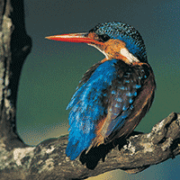
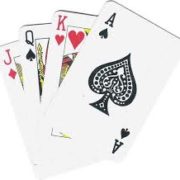

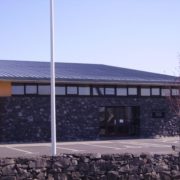

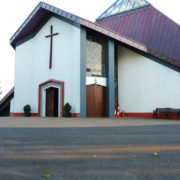





Leave a Reply
Want to join the discussion?Feel free to contribute!